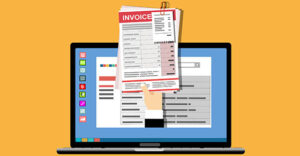
Differentiating the purchase of a business from the purchase of a group of assets is something that the Financial Accounting Standards Board (FASB) has been debating for years. In January 2017, the board finally published guidance to help financial executives and accountants define what a business is in the context of a business combination.
Existing rules
Business owners and managers generally know the difference between a business and a group of assets. But in some instances — such as a merger or an acquisition — the distinction is unclear. Under existing U.S. Generally Accepted Accounting Principles (GAAP), a business has three elements:
1. Inputs,
2. Processes, and
3. Outputs.
The existing guidance requires no minimum inputs or outputs to meet the definition of a business, leading to broad interpretations. In many cases, routine asset purchases are currently treated like complex business combinations.
Proposed clarity
Under Accounting Standards Update (ASU) No. 2017-01, Business Combinations (Topic 805): Clarifying the Definition of a Business, a business must. at minimum, include an input and a “substantive process” that contributes to the ability to create outputs. The presence of more than an insignificant amount of goodwill is an indicator that a substantive process is present.
Inputs can include people, money, raw materials, finished goods and other economic resources that create (or have the ability to create) goods or services. Outputs typically are considered goods or services for customers that provide (or have the ability to provide) a return to the business’s investors in the form of dividends, lower costs or other economic benefits.
Shortcut approach
The update includes an initial test to help businesses make a quick decision regarding whether the business combination accounting rules apply to a particular transaction: If substantially all of the fair value of the gross assets acquired is concentrated in a single identifiable asset (or group of similar identifiable assets), the deal won’t be considered a business combination. To illustrate, when a company leases a building, the lease and building are considered a single identifiable asset.
Bottom line
The update is expected to reduce the number of transactions that qualify as business combinations vs. routine asset acquisitions. Unsure how to account for an upcoming acquisition (or disposal) under the new rules? We can help.
© 2017





